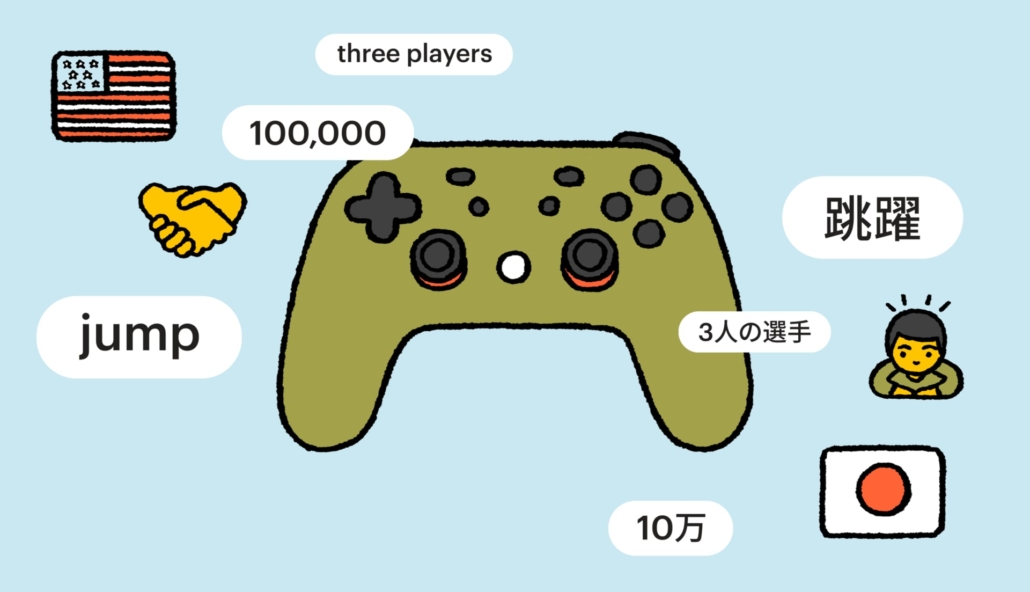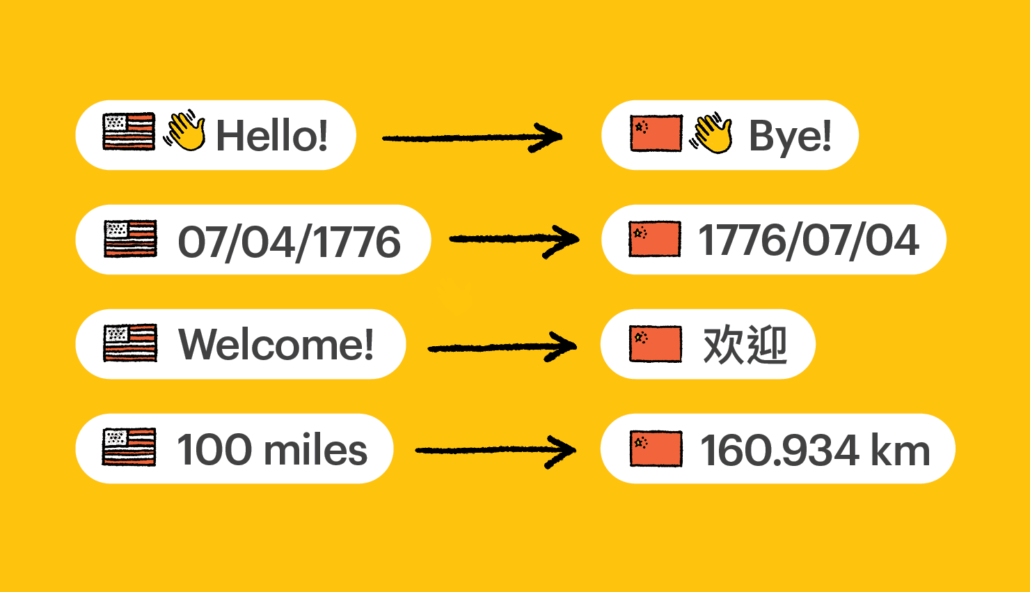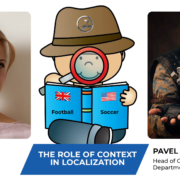The role of context in localization – a behind-the-scenes look into how we get the context right
If there is one thing you learn in the translation and localization industry, it’s the fact that language can be a tricky thing.
Our multi-cultural existence as humans means that the same words and terms often have different meanings within different sociocultural groups. A good example is how the word “football” holds different meanings for the British and the Americans.
While the Brits and Americans may argue over who uses the right terms, I would like to show you the steps we take at Janus to ensure that all terms are translated according to the local context of that word in our translation and localization projects.
Taking the football example above, if we were localizing content about a football-related product for the American market, we would instead use the term “soccer”, because that aligns with the local context of American sporting culture.
We frown at direct translations, as they do not guarantee the same meaning in the language you’re localizing into. In localization, we consider factors such as age and audience type, user experience, narrative, etc.
Sometimes, there are situations where clients want us to prepare a glossary before the localization process of the main text and context has been established for the terms. This is, in our experience, not the best solution.

Why?
A glossary is supposed to provide complete meaning, and you cannot afford to get the context wrong, especially when you’re trying to penetrate a new market.
Here’s what we do instead.
We compile a glossary as we localize the main text, and this allows us to get the right context of each glossary term and define them accordingly.
Then we go a step further by carrying out quality assurance checks, and in cases where a client has special requests, we also check if they are in line with local language rules and conventions.
There are cases where we’re tasked with creating a glossary from scratch, and here’s how we handle the task.
We provide TB (term base) access to the translators on a project. This means they utilize their knowledge of the language and experience to define and group glossary terms. In the case of games localization, terms usually include character names, proper names, skills, items, abilities, resource names, rewards, etc. These are added to the glossary and aid the CAT (computer-aided translation) tool user to obtain better context and achieve better and more consistent translations.
This is, of course, an evolving process, and the team will often update and expand the glossary when new information becomes available.
On top of this, a QA (quality assurance) check is run to verify consistency and proper use of each term in the glossary.
Here are 5 other steps we take to ensure the correct use of context in our localization projects.
- We utilize information in the LK (localization kit): experience has shown that localization kits often contain contextual information.
- We request all reference materials and documentation for a project, as this provides extra context for the main text to be localized.
- We provide our clients with Q&A spreadsheets, through which our team can request additional contextual materials to aid the process.
- We work closely with the client’s teams (e.g. web developers in the case of a website, and game developers in the case of a game).
- We employ our in-house AAF framework (see below) to ensure each project passes linguistic quality assurance (LQA).

The AAF framework explained.
Analytics – an assessment of the number of translation errors.
Adequacy – a review of how well, as a whole, the translation conveys the same meaning in the target language as in the source language.
Fluency – an assessment of how well the translation reads: does it flow as if it was written in the target language? Or does it sound like a literal translation of the source text?
You can now see that we understand how important context is to localization. In fact, context is often the difference between actual localization and literal translations.
We hope you have enjoyed this peek at how we utilize context to create world-class localization experiences for our clients.







